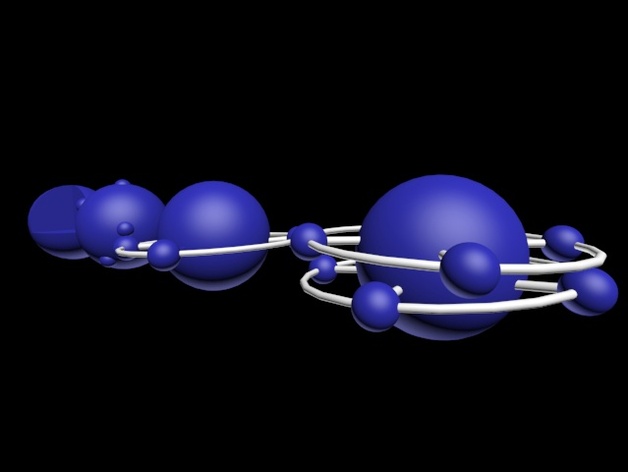
Atomic Models
thingiverse
The atom is the tiniest particle capable of identifying a chemical element and participating in a chemical reaction. The study of the atom began in ancient Greece with philosopher Leucippus and his student Democritus; for them, the atom was the smallest component of all existing matter that couldn't be divided into smaller parts. Since then, many scientists and scholars have attempted to define the atom's form, leading to various theories about its physical constitution. This gave rise to different atomic models. How It Was Designed These models are very easy to do; the only challenge is positioning the components of each model in the correct position to represent the characteristics of each model. Project: Atomic Models Objectives Help teachers in the classroom show students the evolution of atomic models with a physical model, making it easier for students to identify the differences between them. Audiences High school students; chemical classes; entrance exam preparation courses; homeschooled students; Preparation Students should know some basic chemistry and atomic models. Step 1: Research about molecular geometry Step 2: Create the Model Model Dalton (billiard ball) - 1803 Thomson model (plum pudding) - 1897 Rutherford-Bohr model (planetary system) - 1908/1910 Results After printing, students should be able to identify the different atomic models and their characteristics.
With this file you will be able to print Atomic Models with your 3D printer. Click on the button and save the file on your computer to work, edit or customize your design. You can also find more 3D designs for printers on Atomic Models.
